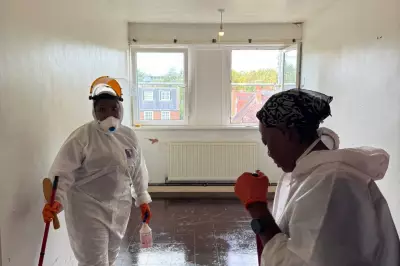
Your bedroom should be a sanctuary for rest and relaxation, but experts warn it may harbour hidden health risks that could be disrupting your sleep and wellbeing.
The Invisible Invaders: Dust Mites and Allergens
Microscopic dust mites thrive in bedding, feeding on dead skin cells and potentially triggering allergies. These tiny creatures can exacerbate asthma symptoms and cause skin irritation.
How to Combat Dust Mites:
- Wash bedding weekly at 60°C
- Use allergen-proof mattress and pillow covers
- Vacuum regularly with a HEPA filter
- Reduce humidity below 50%
Electromagnetic Fields (EMFs): The Modern Sleep Disruptor
Electronic devices like smartphones, tablets, and Wi-Fi routers emit EMFs that may interfere with sleep patterns. While research is ongoing, many sleep experts recommend creating a low-EMF sleep environment.
Reducing EMF Exposure:
- Keep devices at least 3 feet from your bed
- Turn off Wi-Fi at night
- Use airplane mode on phones
- Consider battery-powered alarm clocks
Chemical Concerns in Bedroom Materials
Many conventional mattresses and furniture contain flame retardants and volatile organic compounds (VOCs) that may off-gas harmful chemicals. Opting for natural materials can reduce exposure.
Healthier alternatives include:
- Organic cotton or wool bedding
- Natural latex mattresses
- Solid wood furniture
- Low-VOC paints
Creating Your Ideal Sleep Environment
Beyond addressing potential hazards, optimising your bedroom for sleep involves several factors:
- Maintain a cool temperature (16-18°C)
- Ensure complete darkness
- Reduce noise pollution
- Keep the space clutter-free
By addressing these hidden dangers and implementing these changes, you can transform your bedroom into a true haven for restorative sleep and better health.





